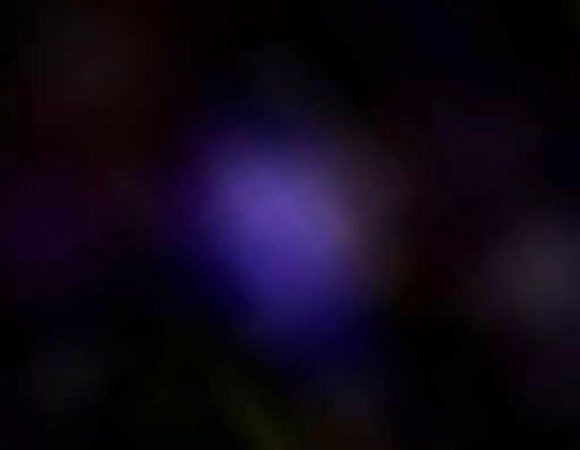The oxygen level in J0811+4730, a star-forming dwarf galaxy in the constellation Lynx, some 630 million light-years away, is the lowest yet discovered in any star-forming galaxy, according to an international team of astronomers from the University of Virginia and the Ukrainian National Academy of Sciences.
Astronomers know that the first galaxies during their forming stages were chemically simple — primarily made up of hydrogen and helium, elements made in the Big Bang during the first 3 minutes of the Universe’s existence.
Oxygen came later, as massive stars formed and made heavier and more complex elements by nuclear fusion in their interiors and also in their explosive deaths, ultimately creating a universe of countless oxygen-rich galaxies like our own Milky Way Galaxy.
The earliest oxygen-deficient galaxies are so far away and so faint as to be nearly undetectable, but relatively close-by star-forming dwarf galaxies, with very little oxygen like early galaxies, may be easier to detect and offer the same clues.
Unfortunately, these nearby tiny galaxies with little oxygen, which currently produce many massive blue stars, are very rare.
Discovered by the Sloan Digital Sky Survey, the star-forming dwarf galaxy J0811+4730 has 9% less oxygen than any other so far discovered.
“We found that a considerable fraction of the stellar mass of J0811+4730 was formed only a few million years ago, making this one of the best counterparts we’ve found of primordial galaxies,” said University of Virginia Professor Trinh Thuan.
“Because of its extremely low oxygen level, this galaxy serves as an accessible proxy for star-forming galaxies that came together within one to two billion years after the Big Bang, the early period of our nearly 14 billion-year-old Universe.”
J0811+4730 also is of interest because it provides clues to how the early simple Universe became re-ionized by early star formation, moving it from the so-called cosmic Dark Ages of neutral gases to the development of the complexly structured Universe now in existence, where the gas between galaxies is ionized.
“The SDSS data indicate that J0811+4730 is rapidly producing new stars at a quarter of the rate of the Milky Way — yet its mass in stars is 30,000 times smaller,” Professor Thuan said.
“80% of its stellar mass has formed in just the past few million years, marking this as an exceptionally young galaxy, producing copious amounts of ionizing radiation.”
Source: Sci News

































Leave a Comment
You must be logged in to post a comment.